Sayaw na giparesan sa paglihok sa sulog, pangadye, ug panampit alang kang Santo Niño.
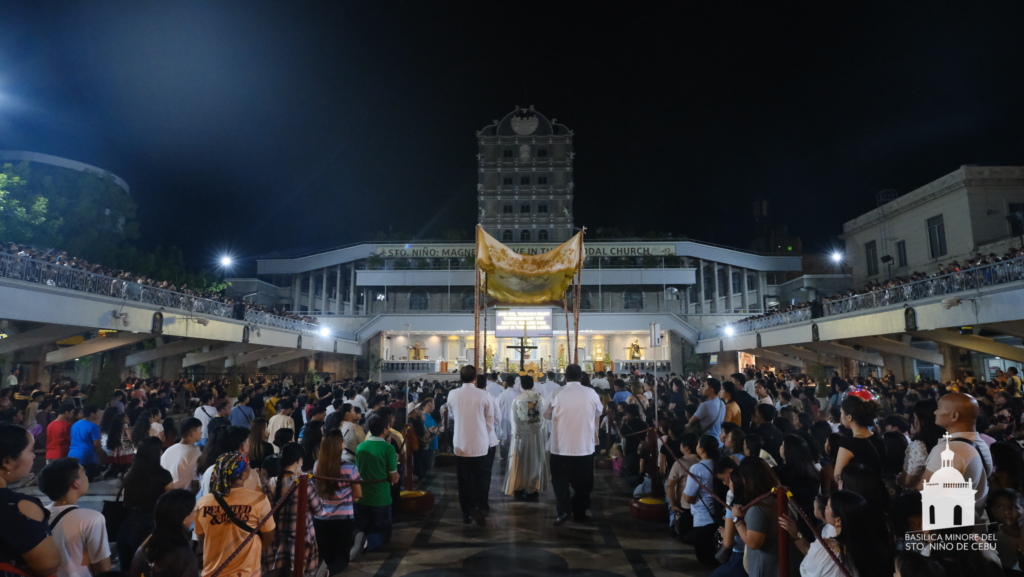
The Basilica Minore del Santo Nino, Located in Cebu City, Philippines, is a must-visit for anyone interested in history, culture, and religion. This church is not only the oldest Roman Catholic church in the country but also holds deep significance for many Filipinos. Let’s take a closer look inside this historic and beautiful basilica.
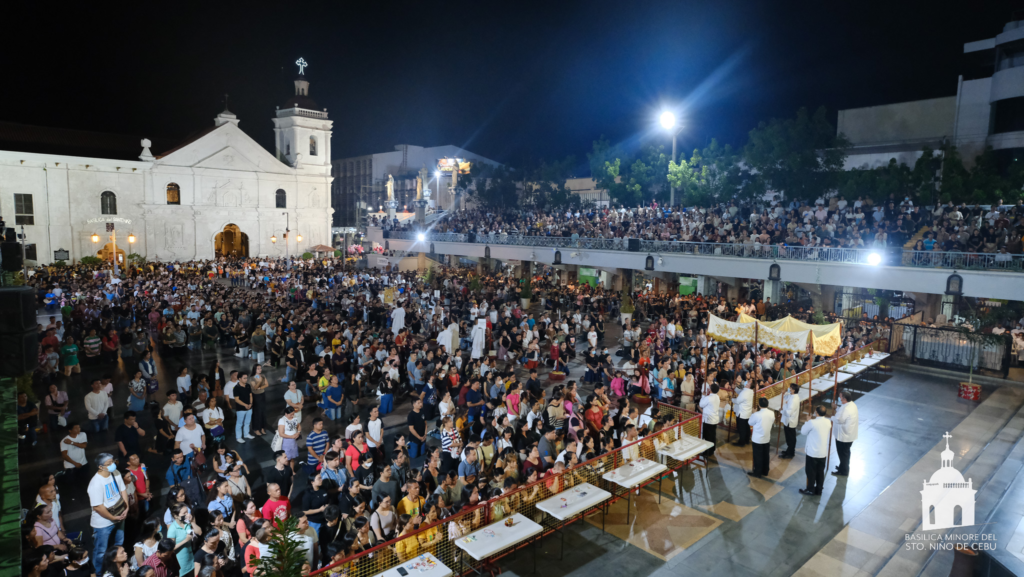
The Historical Significance
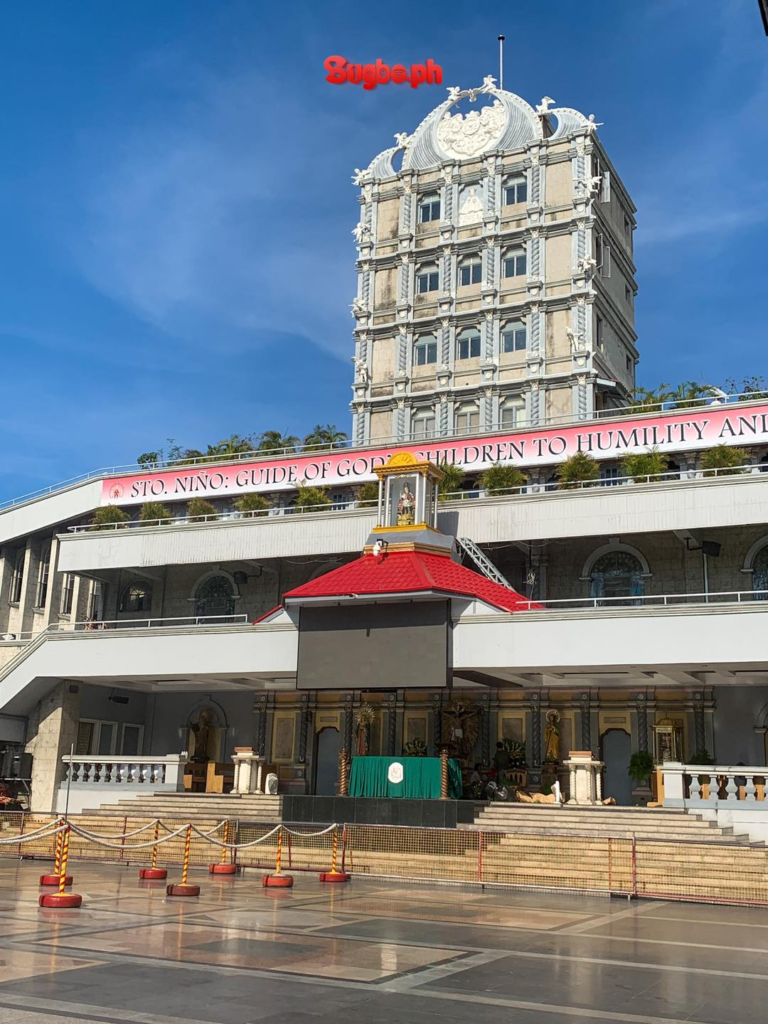
The Basilica Minore del Santo Niño, often called the Santo Niño Basilica, was built in 1565 by Spanish explorers led by Miguel Lope de Legazpi. It was constructed on the spot where the image of Santo Nino was found. This statue, which means the “Holy Child” in English, is believed to be the same one the Portuguese explorer Ferdinand Magellan gave to Queen Juana of Cebu in 1521. This statue is a cherished relic and a symbol of Christianity in the Philippines.
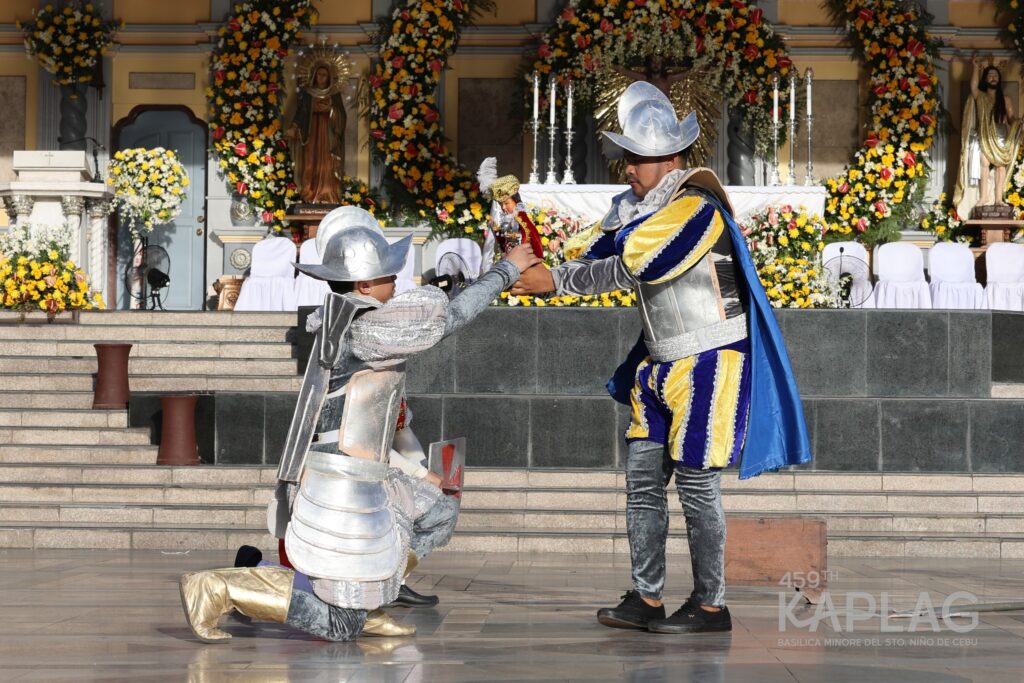
What’s Inside the Basilica Minore Sto Niño?
Inside the basilica, you’ll notice a large, open area called the nave. This is where people gather for mass. On either side of the nave are aisles with rows of pews.
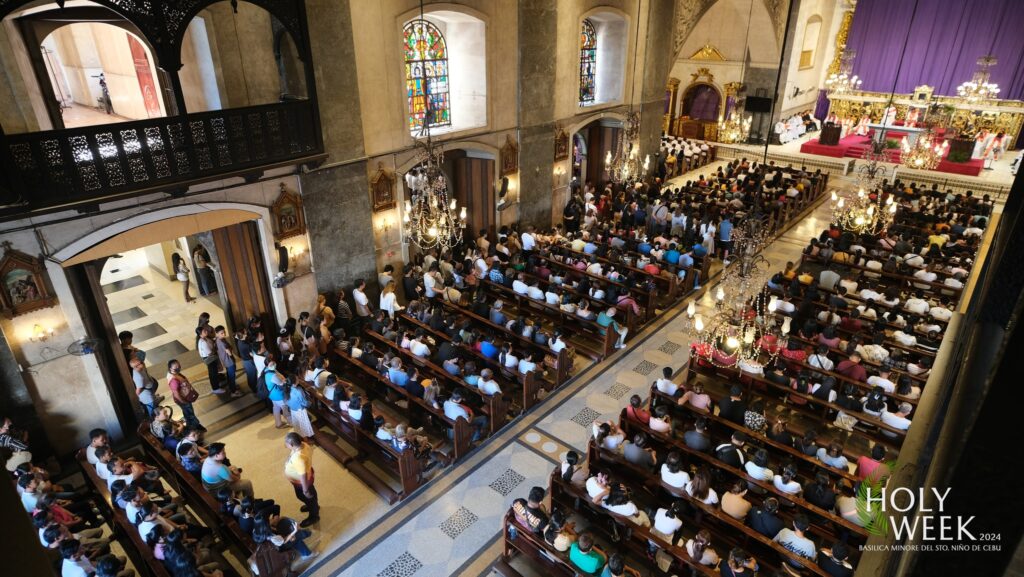
The walls and ceilings are decorated with beautiful carvings and arches, showcasing the influence of Spanish colonial architecture.
Look up, and you’ll see stunning murals painted on the ceilings. These murals depict important scenes from the life of Jesus Christ and the history of Christianity in the Philippines. The detailed artwork adds a sense of awe and inspiration as you walk through the basilica.
The main altar is the centerpiece of the basilica’s interior. It is richly decorated with gold and features statues of various saints. The most important part of the altar is the small statue of the Santo Niño, which is placed in a special glass case. This statue is dressed in beautiful, colorful garments and is the focus of devotion for many visitors.
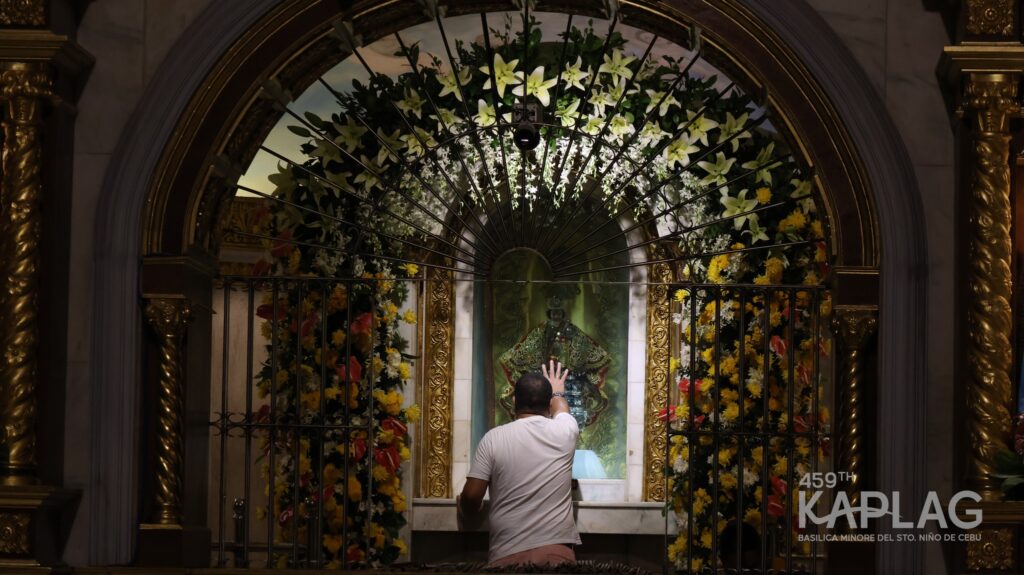
In addition to the main altar, the basilica has several smaller altars and chapels along the sides. These are dedicated to different saints and provide quiet spaces for personal prayer and reflection. Each altar has its own unique decorations and statues, adding to the rich spiritual atmosphere of the church.
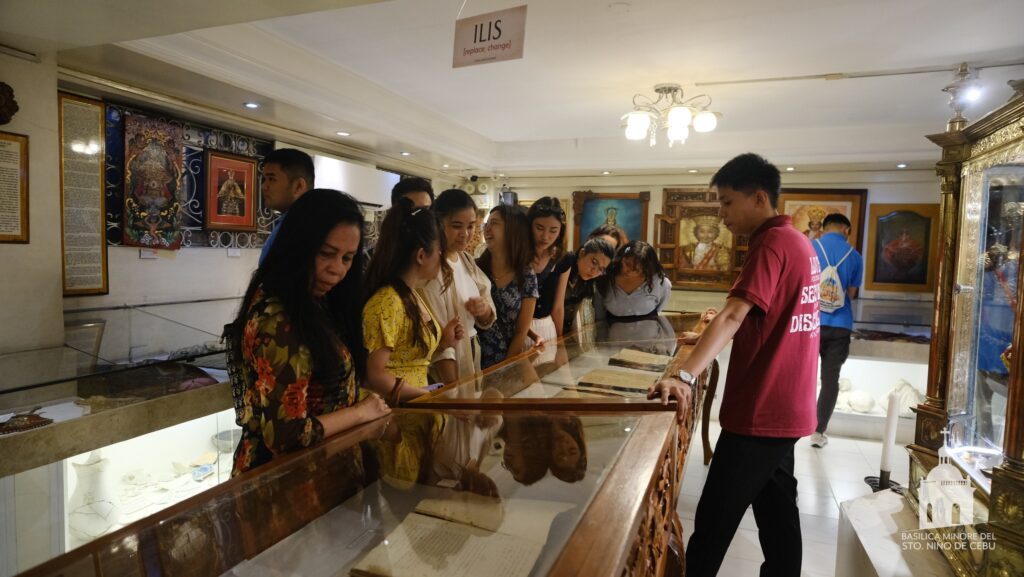
The Santo Niño Statue
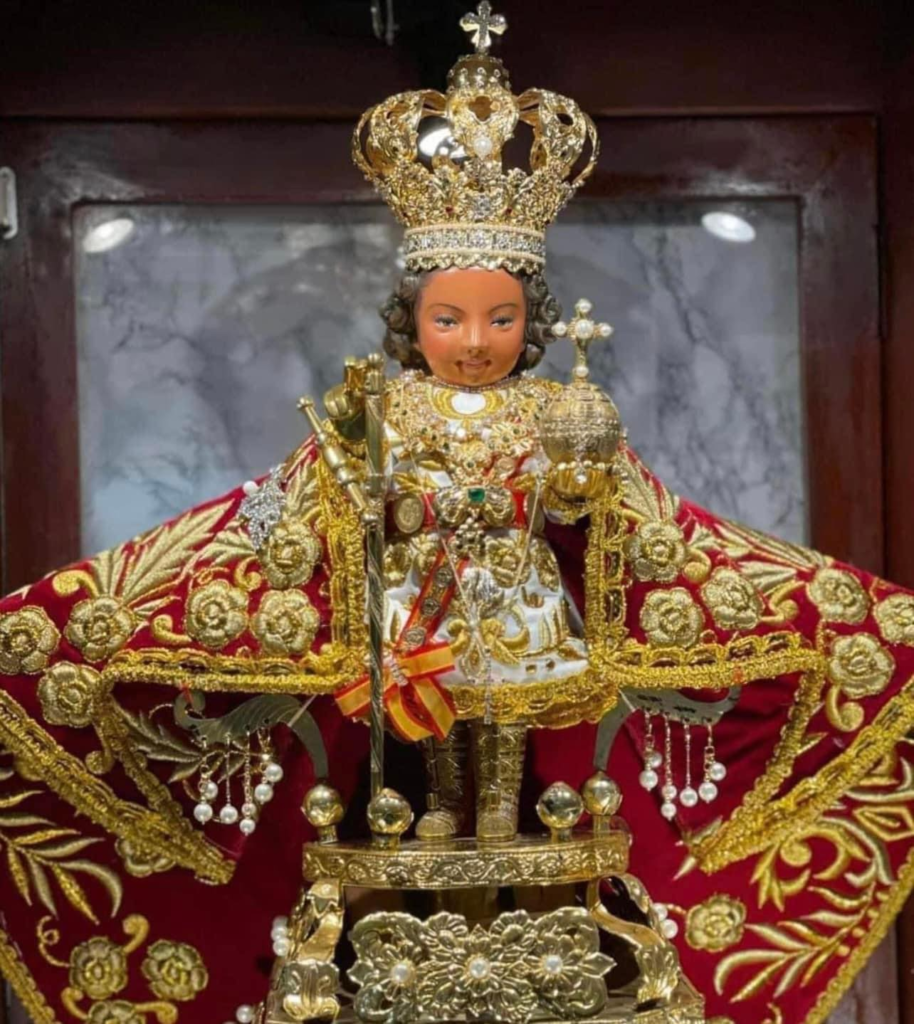
The Santo Niño statue is the heart of the basilica. It is a small statue of the child Jesus, dressed in royal robes and holding a globe and a staff, symbolizing his kingship and protection. This statue is especially significant during the annual Sinulog Festival, where thousands of devotees celebrate with prayers, dances, and processions in honor of the Santo Niño.
Visiting Tips
Respect the Place
Remember that the basilica is a place of worship. Dress modestly and speak quietly to respect those who are praying.
Mass Schedules
Check the mass schedules if you wish to attend a service. Even if you’re not Catholic, participating in a mass can be a moving experience.
Photography
While photography is allowed, be mindful not to disturb worshippers. Flash photography is often discouraged inside the church.
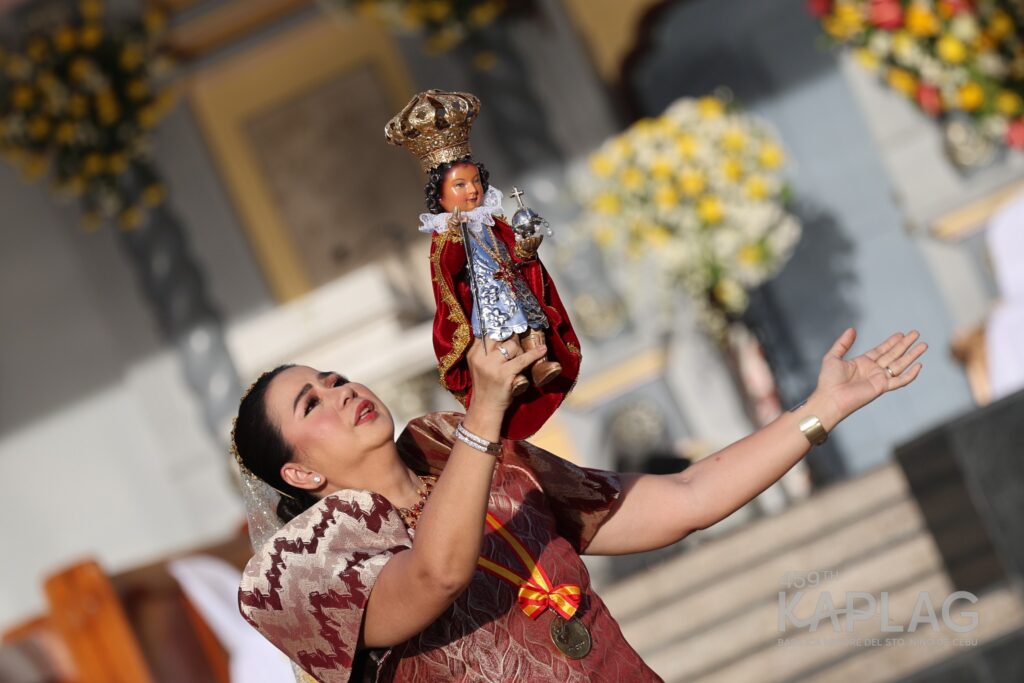
The Basilica Minore del Santo Niño is more than just a historical building; it is a living testament to the faith and devotion of the Filipino people. Its beautiful architecture, rich history, and spiritual significance make it a must-visit destination in Cebu City. Whether you are a pilgrim, a history enthusiast, or a curious traveler, exploring the inside of the Santo Niño Basilica offers a unique and enriching experience.



Comments are closed.